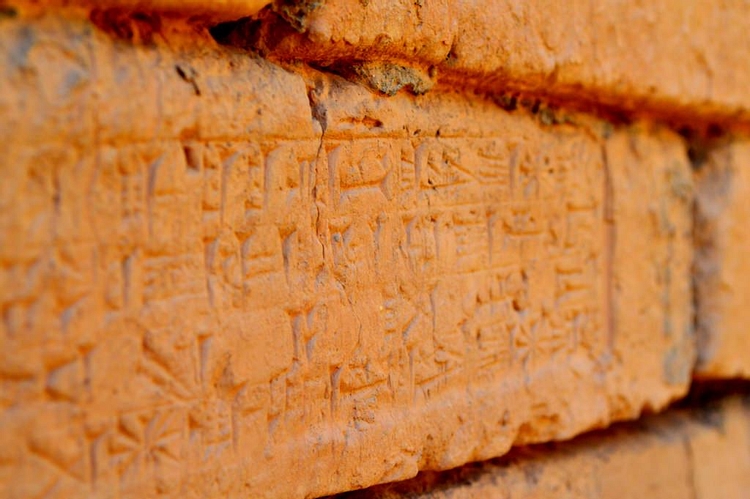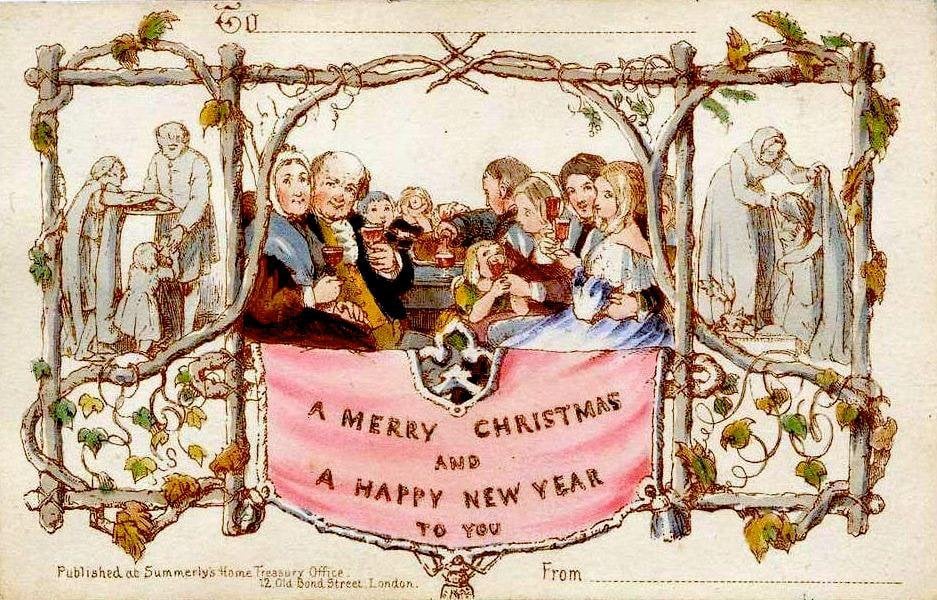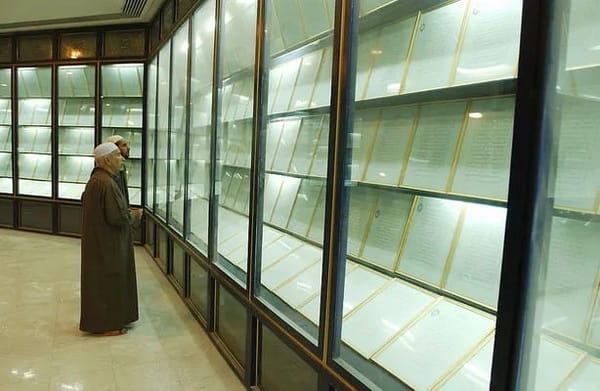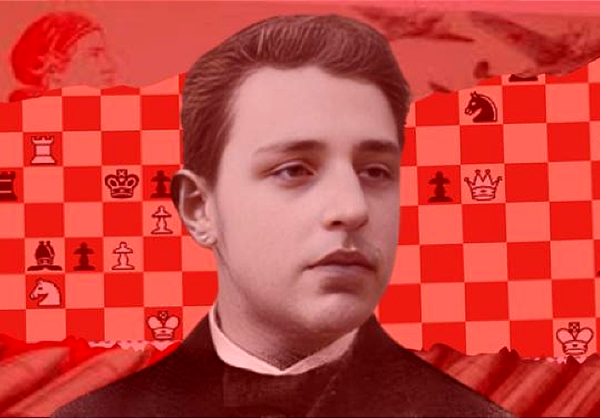She stole $54 million from her town and no one noticed

From Kathy Gilsinan at Politico: "It was the spring of 2012 and nearly three weeks had passed since police had marched Rita Crundwell, the town’s well-liked comptroller, out the door of that very same building in handcuffs. In that time, the magnitude of her betrayal had grown clearer, and more dumbfounding: At first the feds believed she’d “misappropriated” $30 million from the coffers of this small town of about 16,000, but now the figure was close to $54 million. The place previously best-known as Ronald Reagan’s childhood home, site of the Petunia Festival and the Catfish Capital of Illinois, was now also the home of the largest municipal fraud in United States history."
A guide to sabotaging meetings written by the precursor to the CIA

From Authentic Communications: "A document that was declassified by the CIA contains instructions on how to disrupt meetings, designed to guide sympathetic citizens of Axis countries in how to help the war effort. It was written by the OSS, the predecessor to the Central Intelligence Agency, who created it during the run up to the Second World War. It includes advice such as: "Make “speeches. Talk as frequently as possible and at great length. Illustrate your ‘points’ by long anecdotes and accounts of personal experiences." Other recommendations include: "Slow it down: advocate caution, avoid haste" and "Where possible refer all matters to committees (never fewer than five)."
The brilliant inventor who made two of history’s biggest mistakes

From Steven Johnson for the NYT: "While The Times praised him as “one of the nation’s outstanding chemists” in its obituary, today Thomas Midgley Jr. is best known for the terrible consequences of that chemistry, thanks to the stretch of his career from 1922 to 1928, during which he managed to invent leaded gasoline and also develop the first commercial use of the chlorofluorocarbons that would create a hole in the ozone layer. Each of these innovations offered a brilliant solution to an urgent technological problem of the era, but each turned out to have deadly secondary effects. There may be no other single person in history who did as much damage to human health and the planet."
Editor's note: If you like this newsletter, I'd be honoured if you would help me by contributing whatever you can via my Patreon. Thanks!
Ancient bricks contain evidence of mysterious magnetic anomaly

From Miriam Guesgen at Vice: "Scientists have analyzed ancient bricks from Mesopotamia and revealed just how dramatic an ancient spike in Earth’s magnetic field, some 3,000 years ago, truly was. The study relies on archaeomagnetic techniques, or extracting information about the strength and direction of the Earth’s magnetic field from ancient objects. “It basically investigates the magnetic memory of materials,” explained Philip McCausland, the director of the Western Paleomagnetic and Petrophysical Laboratory at Canada’s Western University. Items like bricks or pottery were often made with grains of magnetic rock that keep a signature of the geomagnetic conditions of the time."
The great arms bazaar of the 19th century

From Matthew Wills for JSTOR Daily: "The empires of Austria-Hungary, Russia, and the Ottomans still controlled portions of the region around the newly independent or semi-independent states of Serbia, Greece, Montenegro, Romania, and Bulgaria. In addition to jockeying for influence and control over the region, the Ottomans, Britain, France, Germany, Austria-Hungary, and Russia were all engaged in an intense arms race. The “merchant of death,” Basil Zaharoff bragged that he made wars so that he could sell arms to both sides. In the mid-1880s he sold an early, steam-powered submarine to the Greeks. Then, convincing the Ottomans that there was now a submarine gap, he sold them two."
The first Christmas card was sent in 1843

From Open Culture: "Henry Cole, the founder of the Victoria and Albert Museum, inadvertently created the trend of sending personalized Christmas cards in 1843. As a well respected man about town, he received a great many more holiday letters than he had time to respond to, but neither did he wish to appear rude. So he enlisted his friend, painter J.C. Horsley, to create a festive illustration with a built-in holiday greeting, leaving just enough space to personalize with a recipient’s name and perhaps, a handwritten line or two. He then had enough postcard-sized reproductions printed up to send to 1000 of his friends."
That time an Egyptian mummy was issued a valid passport

Acknowledgements: I find a lot of these links myself, through RSS feeds etc. But I also get some from other newsletters that I rely on as "serendipty engines," such as Rusty Foster's Today In Tabs, Clive Thompson's Linkfest, Maria Popova's website The Marginalian, The Morning News from Rosecrans Baldwin, Why Is This Interesting, Dan Lewis's Now I Know, Robert Cottrell and Caroline Crampton's The Browser, Sheehan Quirke AKA The Cultural Tutor, the Smithsonian magazine, and JSTOR Daily. If you come across something you think should be included here, feel free to email me.



